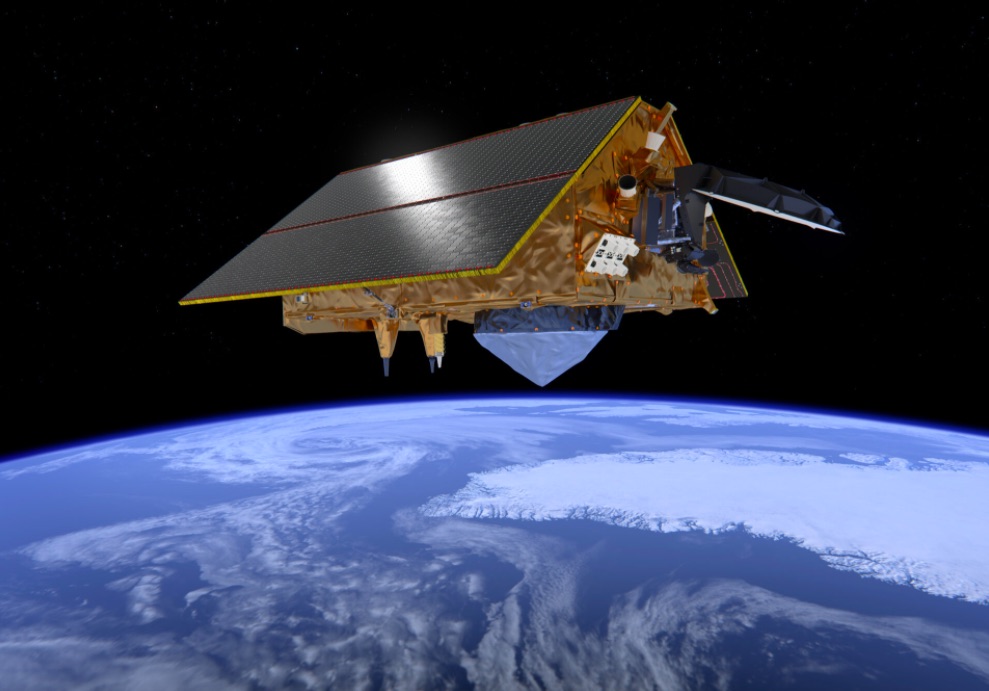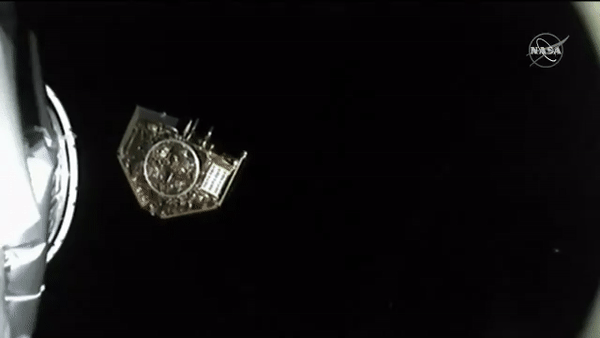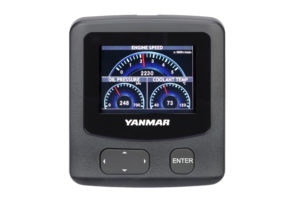Ocean mapping satellite helps tackle climate change

A satellite that will allow UK scientists to measure sea level rise, one of the biggest threats posed by climate change, has been launched on a SpaceX rocket from Vandenberg, California.
The Sentinel-6 satellite, which is the size of a small car, will orbit around the Earth 830 miles above the planet and collect data for weather forecasting and climate models over the next decade. It will carry an improved instrumental capability that will deliver better precision, finer spatial resolution and greater data recovery in coastal and ice-covered regions, says the National Oceanography Centre (NOC).
Thanks to funding from the UK Space Agency, experts across the UK’s ocean and climate community, including NOC and the Met Office, will be analysing the most accurate data yet on sea levels and sea state, and how oceans are changing in response to climate change.
Over the past three decades, satellite observations have revolutionised understanding of the ocean and climate change. They allow monitoring of the global ocean with a level of detail that cannot be obtained in any other way. Satellites are indispensable for collecting data on sea level, seeing an average rise of over 3mm each year since 1993.
“In many parts of the world, rapid changes in coastal sea level and sea state are endangering the lives and livelihood of millions of people who live within a few meters of mean sea level. This stark reality is a key motivation of all our research at the NOC,” says Prof. Christine Gommenginger, principal scientist of NOC Satellite Oceanography.
“New data from Sentinel-6 will benefit our ongoing research into quantifying and understanding the drivers of variability, trends and acceleration in coastal sea level and ocean surface waves. New discoveries about these complex interactions and exchanges could hold the key to significantly broaden the understanding of the ocean and climate by researchers and stakeholders. Sentinel-6 will sustain expert research and give new insights to UK and international decision makers, and to the public, for the benefit of all. We welcome the launch of Sentinel-6 satellite and congratulate everyone involved.”
Sentinel-6 is part of the European Copernicus Programme.











